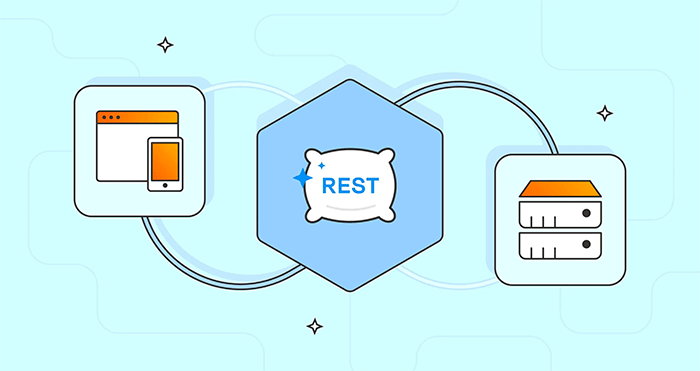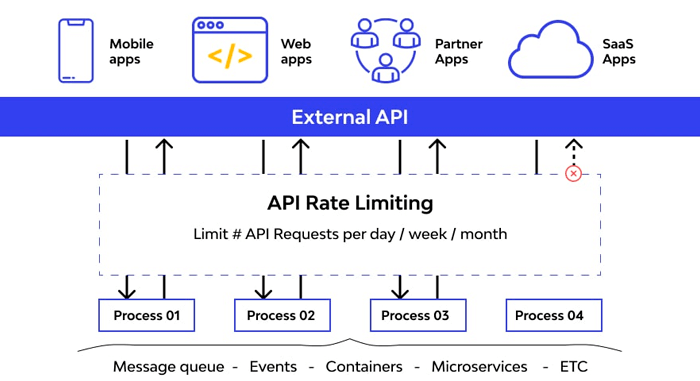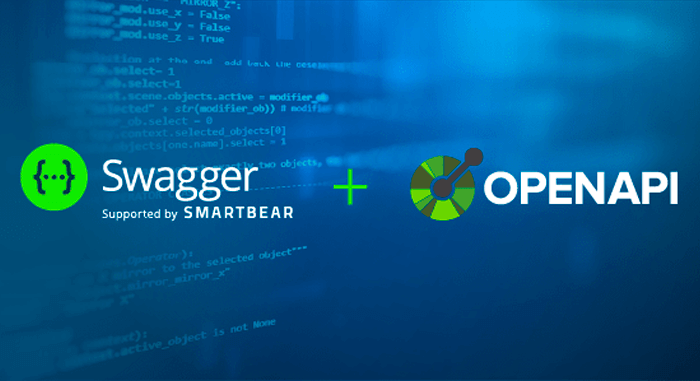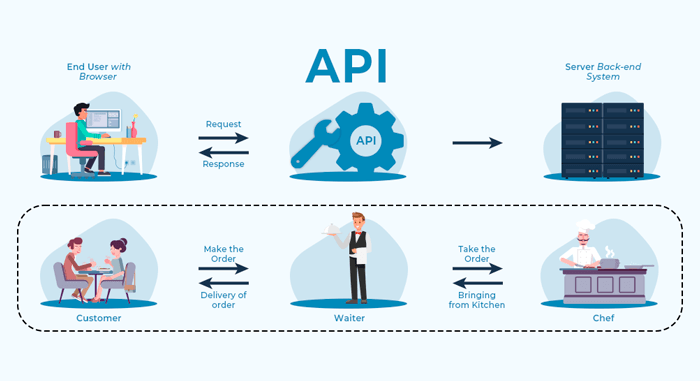GraphQL vs REST: When to Use Each Approach in Java

GraphQL and REST are distinct API architectures, with REST being ideal for simple CRUD operations and GraphQL superior when there’s a need for flexible queries, reducing over-fetching, and aggregating multiple data sources in Java applications.
GraphQL vs REST in Java: Complete Selection Guide
GraphQL vs REST represents one of the most important architectural decisions in modern Java API development. While REST has dominated the landscape for years with its simplicity and standardization, GraphQL emerges as a powerful alternative for scenarios requiring greater flexibility in data querying. Understanding when to apply each approach can mean the difference between an efficient API and a solution that compromises performance and developer experience.
Understanding REST Fundamentals in Java Applications
REST (Representational State Transfer) has established itself as the de facto standard for web API development since the early 2000s. The architecture is based on resources identified by URLs, standardized HTTP operations, and data representations typically in JSON or XML.
In Java environments, frameworks like Spring Boot have made REST API implementation extremely accessible. A typical REST endpoint follows clear conventions: GET for reading, POST for creation, PUT/PATCH for updates, and DELETE for removal. This conceptual simplicity facilitates both development and API consumption.
Core REST Characteristics
- Uses semantic HTTP methods (GET, POST, PUT, DELETE) for operations on resources
- Each resource has a unique and predictable URL following hierarchical patterns
- Stateless by nature, where each request contains all necessary information
- Native caching through HTTP headers like ETag and Cache-Control
The maturity of the REST ecosystem in Java is remarkable. Libraries like Spring Data REST automatically generate endpoints based on JPA entities, while tools like Swagger/OpenAPI facilitate documentation and testing. This consolidated infrastructure significantly reduces initial development time.
REST remains an excellent choice for public APIs following CRUD patterns, systems with aggressive caching requirements, and teams that value established conventions over extreme flexibility.
GraphQL in the Java Context
GraphQL, developed by Facebook and publicly released in 2015, represents a paradigm shift in how clients interact with APIs. Instead of multiple fixed endpoints, GraphQL offers a single endpoint where clients specify exactly what data they need through declarative queries.
GraphQL Architecture
The GraphQL schema defines available types, fields, and relationships. Clients build custom queries requesting only specific fields, eliminating over-fetching and under-fetching problems common in REST. Mutations handle data modifications, while subscriptions enable real-time communication.
- Strongly-typed schema defines contract between client and server with automatic validation
- Queries allow fetching related data in a single request, reducing latency
- Native introspection facilitates development tools and automatic documentation
- Resolvers implement fetch logic for each schema field
Java Implementation
In the Java ecosystem, GraphQL Java is the reference implementation, with Spring for GraphQL offering elegant integration with Spring Boot. Schema definitions can be done through SDL (Schema Definition Language) files or programmatically using annotations.
The resolver model enables clear modularization of business logic. Each resolver is responsible for fetching data for a specific field, allowing optimizations like DataLoader to resolve N+1 problems through automatic batching of database requests.
Performance and Efficiency Comparison
Performance is a critical consideration when choosing between GraphQL and REST. Each approach presents specific advantages and challenges that directly impact user experience and infrastructure costs.
REST frequently suffers from over-fetching, where endpoints return more data than necessary for specific use. A user listing might return all fields when the client only needs name and email. Under-fetching also occurs when clients need multiple requests to obtain related data, increasing total latency.
GraphQL Optimizations
- DataLoader batches similar requests together, drastically reducing database queries
- Clients request only necessary fields, saving bandwidth and processing
- Query complexity analysis prevents abusive queries that could overload the server
GraphQL eliminates multiple round-trips by allowing related data fetching in a single query. Mobile applications with limited connectivity especially benefit from this characteristic. However, GraphQL implementations may present higher computational overhead per query due to schema parsing and validation.
REST shines in scenarios with aggressive caching. Specific endpoints allow granular cache configurations in CDNs and reverse proxies. GraphQL, with its single endpoint and dynamic queries, makes traditional caching less effective, although solutions like Apollo Client implement sophisticated client-side caching.
Ideal Use Cases for REST
REST remains the superior choice in various specific scenarios. Public APIs exposed to third parties often benefit from REST’s simplicity and predictability. Clear documentation, mature tools, and widespread familiarity facilitate adoption by external developers.
When to Choose REST
Systems with direct CRUD operations over well-defined resources are natural candidates for REST. E-commerce with endpoints for products, categories, and orders fits perfectly into the RESTful model. The direct correspondence between business resources and REST endpoints simplifies development and maintenance.
- APIs with aggressive HTTP caching requirements leverage existing CDN infrastructure
- Legacy systems with established integrations avoid migration complexity
- Teams with consolidated REST experience reduce learning curve
- Applications with predictable and stable data structure over time
Internal microservices often opt for REST due to its simplicity. When services communicate through well-defined and stable contracts, GraphQL overhead may be unnecessary. REST also offers debugging advantages, where tools like curl and Postman provide a more direct experience.
Scenarios Where GraphQL Excels
GraphQL demonstrates superiority in applications with complex data requirements and dynamic interfaces. Modern single-page applications with multiple views over the same data benefit enormously from GraphQL’s flexibility.
Aggregating multiple data sources is a classic use case. Backends for Frontend (BFF) that consolidate data from various microservices find an elegant solution in GraphQL. A single GraphQL schema can orchestrate calls to REST services, gRPC, and databases, presenting a unified interface to clients.
Strategic Advantages
- Mobile applications minimize data consumption by fetching only necessary fields
- Frontend teams gain autonomy without depending on constant backend changes
- Rapid prototyping accelerates development with custom queries without new endpoints
- Complex relationships are naturally navigated through nested queries
Analytical dashboards with customizable visualizations exemplify ideal GraphQL usage. Users configure widgets displaying different metrics, each requiring specific data subsets. GraphQL eliminates the need to create dozens of specialized endpoints, allowing frontend to compose queries as needed.
Applications serving multiple clients with different needs find in GraphQL an efficient solution. Mobile apps might need compact data while web dashboards require detailed information. Instead of maintaining separate endpoints or versioned APIs, a single GraphQL schema serves all clients efficiently.
Implementation Considerations in Java
Practical implementation involves technical considerations that go beyond architectural choice. Java developers must evaluate tooling, team expertise, and long-term maintenance when deciding between GraphQL and REST.
Spring Boot provides excellent support for both approaches. Spring Web makes REST implementation straightforward with annotations like @RestController and @GetMapping. Spring for GraphQL, introduced in Spring Boot 2.7, offers first-class GraphQL support with similar annotation-based programming model.
Development Tools
REST benefits from mature ecosystem including Swagger UI for interactive documentation, Spring HATEOAS for hypermedia support, and extensive testing tools like MockMvc and RestAssured. These tools have years of refinement and widespread adoption.
- GraphQL tools include GraphiQL for query exploration and Playground for enhanced development experience
- Schema-first development in GraphQL ensures contract clarity before implementation begins
- REST code generation from OpenAPI specifications automates client library creation
- GraphQL subscriptions require WebSocket infrastructure for real-time capabilities
Security considerations differ between approaches. REST endpoints can be individually protected with role-based access control at the URL level. GraphQL requires field-level security, checking permissions for each requested field, which adds implementation complexity but provides fine-grained control.
Monitoring and observability present different challenges. REST endpoints provide clear metrics per URL pattern. GraphQL requires custom instrumentation to track query complexity, resolver performance, and field usage patterns across the unified endpoint.
| Aspect | Key Consideration |
|---|---|
| REST Strengths | Simple CRUD operations, HTTP caching, mature tooling, predictable endpoints |
| GraphQL Strengths | Flexible queries, data aggregation, reduced over-fetching, single endpoint |
| Performance | REST excels with caching, GraphQL reduces round-trips and over-fetching |
| Complexity | REST simpler for basic cases, GraphQL handles complex data needs elegantly |
Frequently Asked Questions
Yes, many applications successfully combine both approaches. You can expose REST endpoints for simple operations and public APIs while using GraphQL for complex client applications. Spring Boot supports both simultaneously, allowing gradual migration or hybrid architecture based on specific use case requirements.
Performance depends on use case. GraphQL reduces network round-trips and over-fetching, making it faster for complex data needs. However, REST can be faster for simple queries with aggressive HTTP caching. Proper implementation with DataLoader batching is crucial for GraphQL performance in Java.
REST security operates at endpoint level with URL-based access control. GraphQL requires field-level authorization since clients control query structure. GraphQL also needs query complexity limits to prevent DoS attacks. Both support JWT tokens and OAuth2, but GraphQL demands more granular permission checking throughout the resolver chain.
Migration complexity varies by application size and architecture. Spring for GraphQL simplifies the process with similar programming models. You can start by wrapping existing REST services with GraphQL resolvers. Gradual migration allows running both APIs simultaneously, reducing risk while teams learn GraphQL patterns and best practices.
For internal service-to-service communication, REST often suffices due to simplicity and clear contracts. GraphQL excels as a gateway layer aggregating multiple microservices for client consumption. Consider using REST between services and GraphQL as a Backend for Frontend (BFF) to leverage strengths of both approaches in microservices architecture.
Conclusion
Choosing between GraphQL and REST in Java applications requires careful evaluation of specific requirements, team capabilities, and long-term maintenance considerations. REST remains the pragmatic choice for straightforward CRUD operations, public APIs, and systems leveraging HTTP caching infrastructure. Its maturity, simplicity, and widespread adoption make it a safe default for many scenarios.
GraphQL shines when applications demand flexible data querying, serve multiple clients with varying needs, or aggregate data from multiple sources. The learning curve and implementation complexity are justified when faced with over-fetching problems, excessive API calls, or rapidly evolving frontend requirements. Modern Java frameworks provide excellent support for both approaches, enabling teams to make informed decisions based on technical merit rather than tooling limitations. The best choice ultimately depends on understanding your specific use case, team expertise, and architectural goals.




